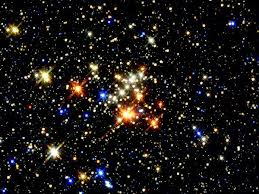on MARS!
Curiosity has taken pictures that suggest that there was once a fast moving stream of water on the planet Mars. Photos of rocks on the planet’s surface are surprisingly similar to rock formations formed in ancient streambeds here on Earth. From Associated Press:
The NASA rover Curiosity has beamed back pictures of bedrock that suggest a fast-moving stream, possibly waist-deep, once flowed on Mars — a find that the mission’s chief scientist called exciting.
There have been previous signs that water existed on the red planet long ago, but the images released Thursday showing pebbles rounded off, likely by water, offered the most convincing evidence so far of an ancient streambed.
There was “a vigorous flow on the surface of Mars,” said chief scientist John Grotzinger of the California Institute of Technology. “We’re really excited about this.”
The discovery did not come as a complete surprise. NASA decided to plunk Curiosity down inside Gale Crater near the Martian equator because photos from space hinted that the spot possessed a watery past. The six-wheeled rover safely landed Aug. 5 after a nail-biting plunge through the Martian atmosphere. It’s on a two-year, $2.5 billion mission to study whether the Martian environment could have been favorable for microbial life.


